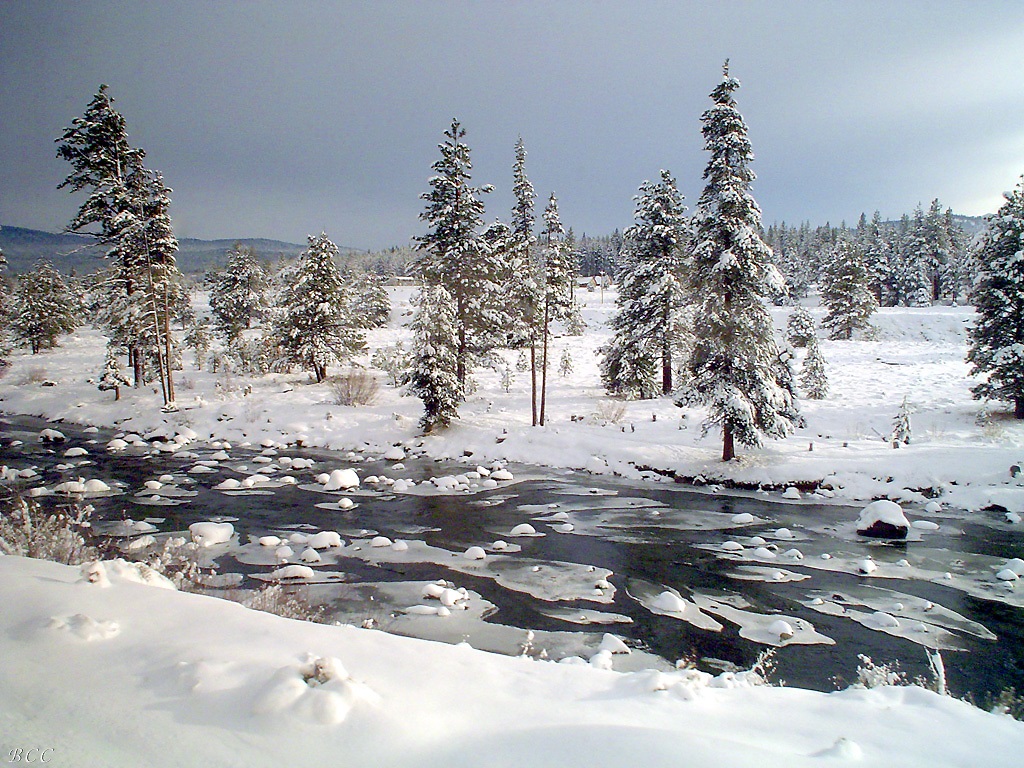
What happened to the Donner Party? They got stuck on the Sierra Nevada mountain pass while migrating to California and had to resort to cannibalism to survive.
The events that they are famous for happened in the winter of 1846 to 1847, but they started to migrate in the spring of 1846. The Donner party started out as a group of 31 people, mostly the families of James Reed and George and Jacob Donner. They lived in Springfield, Illinois, which is south of Chicago and about 1,500 km west of New York. The journey they were contemplating would be about 3,500 km, and they would need to do it before the winter set in so as not to get stuck in the hills. That gave them about 150 days and meant they needed to do about 25 km a day. That doesn’t sound like a lot, but remember that most of the roads were tracks and often there were no tracks.
Since the beginning of 1940, a lot of people had started to migrate out to California. The Great Depression had decimated many parts of the central USA and the dust bowl was a significant problem. People had tried to plant wheat on land that had been held together by grass. The land couldn’t take it and mass erosion caused enormous dust storms. At the same time, there were rumors that there was work for everyone in California. The people that could leave, left. Over 300,000 people made the trip between 1930 and the mid 1940s. The first people sent back news of jobs and success, and there were, but only for those first people. As more and more people came, the economy of California couldn’t cope. Still, people came. There were only two ways to make the journey. By boat, through the Panama Canal, which was long and expensive. Or by horse and cart, which is the way that the Donner party went.
The Donner party left Springfield on April 15th, 1846 and they soon joined up with a much larger wagon train. Larger numbers meant safety and some support. There were about 75 wagons in the train. Everything went fine until James Reed and the Donners decided that they would take a shortcut called Hastings Cutoff. The shortcut was supposed to cut about 500 km off the journey, which was a significant amount. The rest of the wagon train decided to go the normal way and the Donner Party separated from them in July. There were a total of 87 people in the group. The Hastings of Hastings Cutoff was a man called Lansford Hastings. He had published a book that offered advice to people emigrating to California ad he recommended the shortcut. It actually turned out that he had never traversed his route and rather than being a shortcut, it made the route about 200 km longer. Hastings distributed letters advocating for his route. At the same time, a journalist called Edwin Bryant distributed letters saying the route was too hard for wagons. Unfortunately, the Donners received one of the letters in favor of the route and not one against it. They set off.
Very quickly, the Donners realized that the trail was difficult and it was going to take them far longer than they had thought. Despite this, they still thought they could make it, and they carried on. They had trouble finding the path and it took far longer than Hastings had said. Crossing the Great Salt Lake Desert took twice as long as Hastings has said. By the time they had crossed it, they were exhausted and headed back for the regular path. The “shortcut” had put them a whole month behind the rest of the wagon train. They decided to carry on.
The pass through the Sierra Leone mountains is always hard because the position of the mountains near the Pacific Ocean means that more snow falls on them than other mountains. And that year, far more snow than usual fell, and it started to snow even earlier. The Donners tried to continue, but the snow became too deep. They made it as far as Truckee Lake, and could go no further. There they had to stay, through subzero temperatures and heavy snow, until they could be rescued in late February. They had to survive there for four months.
The thing the Donner party is most remembered for is the cannibalism, but people seem to forget the fact that they survived four months, high up in a mountain range, with very little food. They ate the cattle they had with them, all of their other food, and then the horses first of all. Then they ate their dogs and when that food was gone, they had none left, They could not hunt in the middle of winter and in cold temperatures the body needs far more energy to keep warm. They had no choice but to eat the people that had died. What would you do if given the same choice? Out of the original 87 people, 45 people survived. And this is what I learned today.
Image By Bruce C. Cooper (DigitalImageServices.com), CC BY 2.5, https://commons.wikimedia.org/w/index.php?curid=7050961
Sources
https://www.nationalgeographic.com/history/article/donner-party-cannibalism-nation-west
https://en.wikipedia.org/wiki/Donner_Party
https://capitolmuseum.ca.gov/exhibits/the-dust-bowl-california-and-the-politics-of-hard-times
